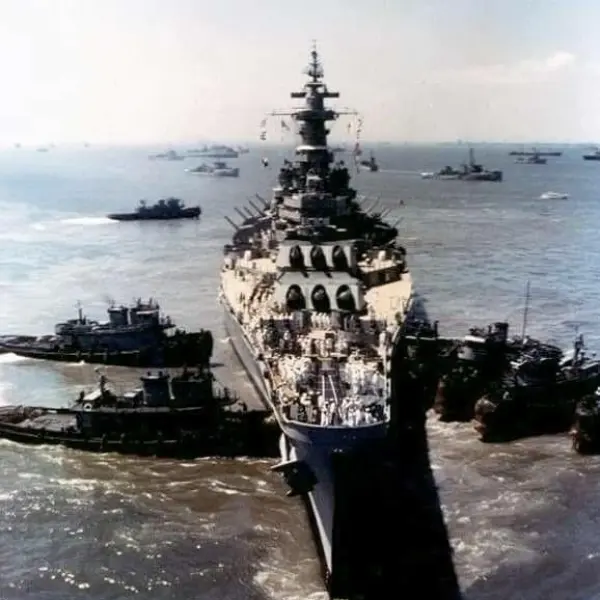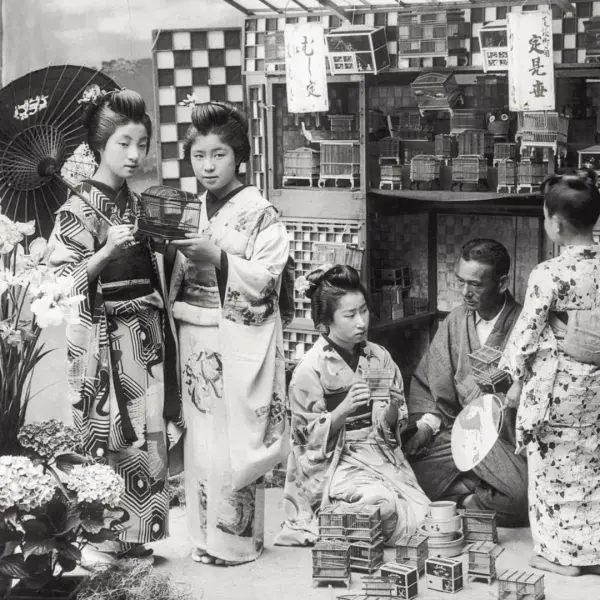Old Japan
circa 1881
At the beginning of the 1880s, Japan had already made significant progress in its modernization efforts. The Meiji Emperor, who had ascended to the throne in 1867, was at the center of these reforms. The government had started to adopt Western-style institutions and technologies, and the old feudal system was being dismantled. Japan was building its economy, infrastructure, and military to compete with Western powers.
In 1881, Japan was undergoing political reforms that sought to further centralize the government and create a constitution. One of the most notable events in this year was the decision by the Meiji government to establish a parliamentary system. The government, led by the emperor and his advisors, began the process of drafting Japan's first constitution, which would ultimately be promulgated in 1889.
The development of the Japanese economy was also well underway. Industrialization was rapidly changing the landscape, and the government was investing heavily in infrastructure, including railroads, factories, and communication systems. Japan was beginning to modernize its military forces as well, adopting Western military techniques and equipment.
However, the changes were not without challenges. The rapid modernization created tensions between traditional and reformist elements of society. Rural peasants and older samurai classes often found themselves at odds with the new political and economic order. At the same time, there were growing tensions with Western powers, who were interested in gaining access to Japan’s markets and resources.
In 1881, Japan also began to assert itself more on the international stage. This period of modernization laid the foundation for Japan’s eventual imperial ambitions. The years following 1881 would see Japan begin to expand its influence in East Asia, culminating in the Sino-Japanese War of 1894-1895, where Japan emerged victorious over China, establishing itself as a major world power.
In terms of daily life, 1881 Japan was a society in transition. Western-style clothing, architecture, and ideas began to replace many traditional aspects of Japanese life. However, traditional culture, including the arts, tea ceremonies, and Shinto rituals, continued to coexist with the rapidly changing world.
In conclusion, Japan in 1881 was a nation in the midst of rapid change, moving away from its feudal past and embracing modernization. The decisions and policies enacted during this time were crucial in shaping Japan’s future as an industrialized and imperial power, and the legacy of this transformation can still be seen in Japan’s modern-day economy and political system.
Envíado por OldPik el 26 de diciembre de 2024
Image

Iniciar sesión














Sin comentarios aún, sé el primero en comentar...